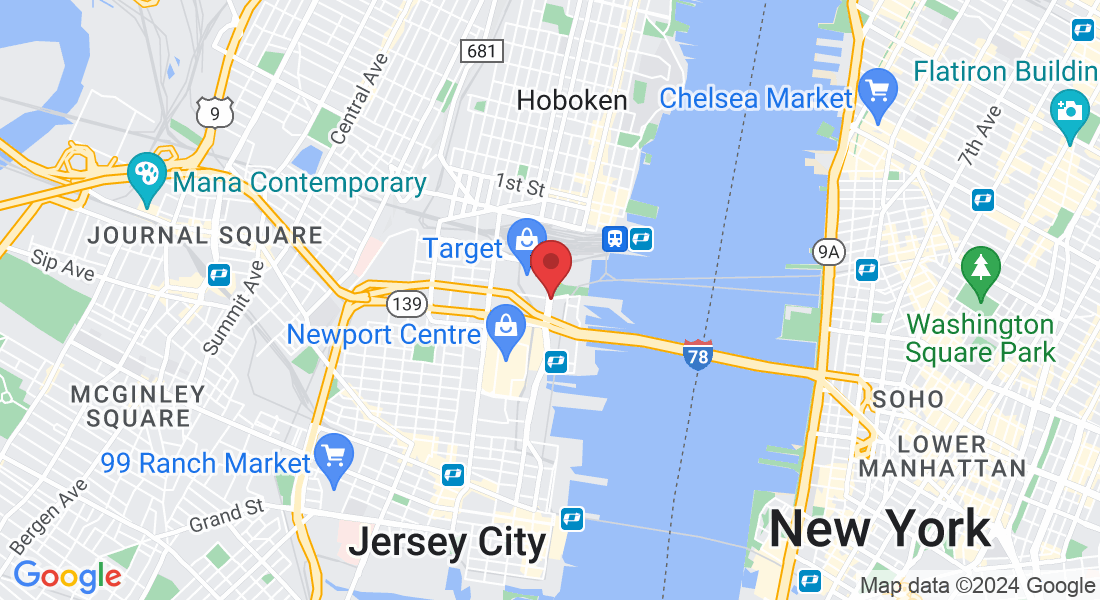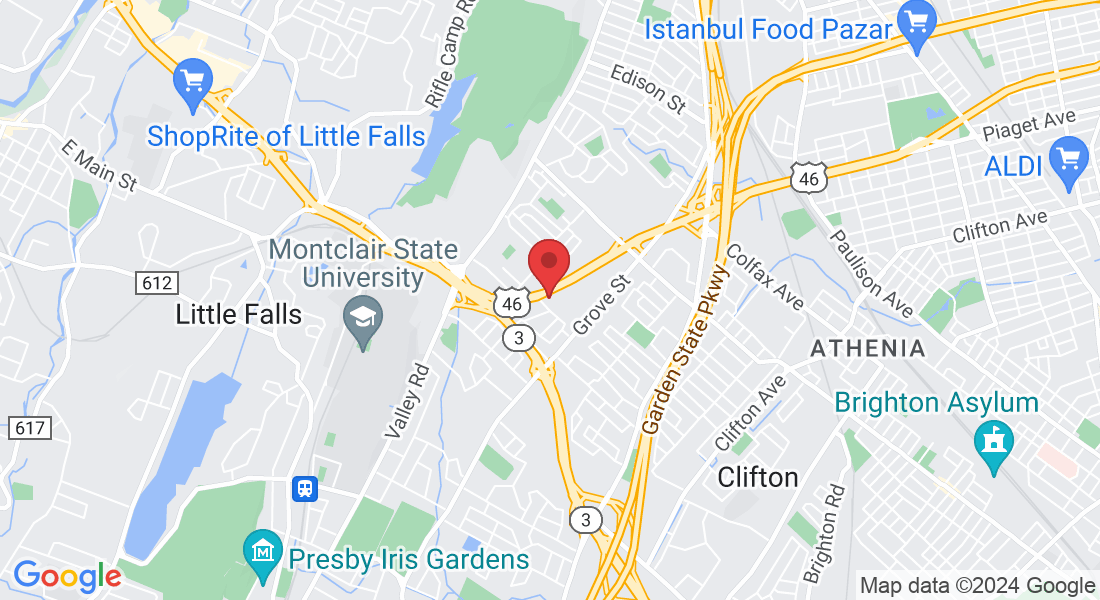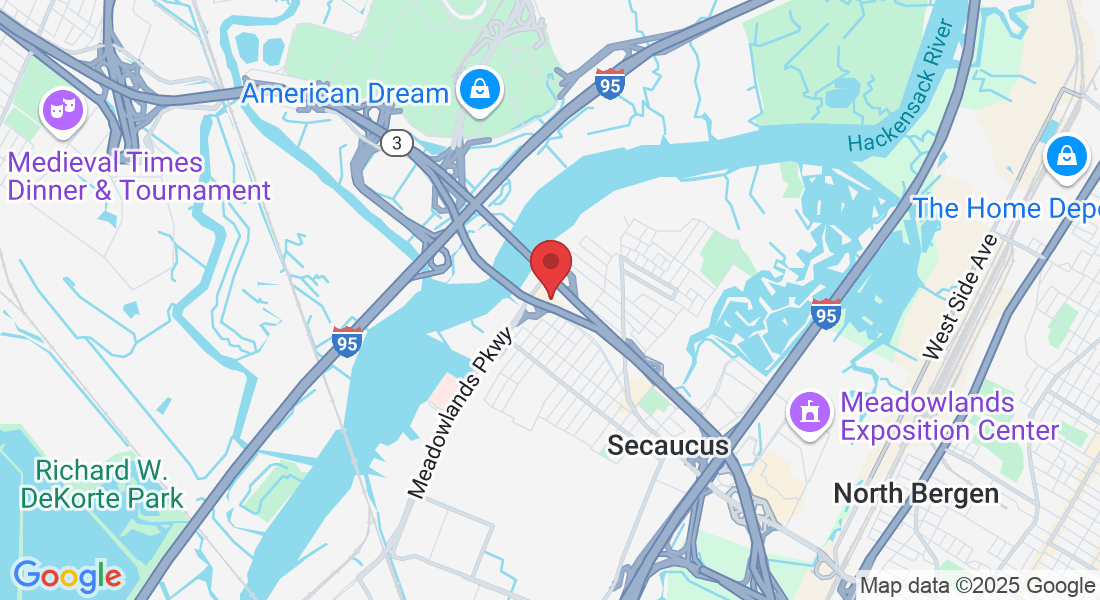New Jersey Rehab Experts
Specializing in comprehensive orthopedic care, New Jersey Rehab Experts offers a wide range of services including Physical Therapy, Sports Physical Therapy, Dry Needling, Chiropractic Care, Neuropathy Treatment, Pain Management, and Manual Therapy. Our state-of-the-art facility is staffed by board-certified therapists dedicated to delivering top-tier care, ensuring you achieve optimal recovery and wellness.
Clinic Located in Jersey City (Newport), Secaucus and Clifton
Genuine Feedback from
Our Patients
Our Affiliations

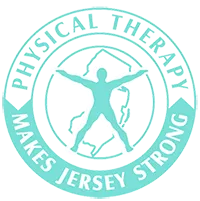

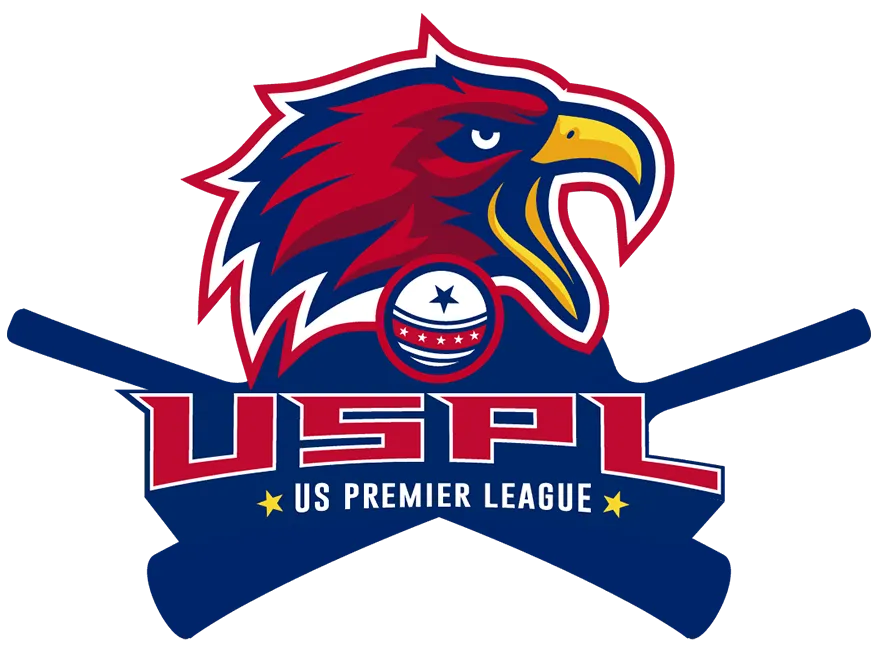


Explore Our Diverse Range of Disciplines
Discover a world of exceptional care customized for all ages! Our dedicated professionals deliver top-notch medical attention, expert rehabilitative therapy, and warm companion care for adults, seniors, and young patients. Experience personalized healthcare with a heart!

Orthopedic Physical Therapy
Specialized care for musculoskeletal injuries, surgeries, and chronic conditions affecting bones, joints, muscles, ligaments, and tendons.
- Sports injuries
- Arthritis management
- Post-surgical rehab

Geriatric Physical Therapy
Specialized care for older adults, addressing age-related changes affecting balance, strength, mobility, and independence.
- Fall prevention
- Balance training
- Mobility enhancement

Sports Physical Therapy
Specialized rehab for athletes of all levels, from weekend warriors to professionals, focusing on injury recovery and performance enhancement.
- ACL rehab
- Return-to-play testing
- Performance optimization

Vestibular Rehabilitation
Specialized therapy for dizziness, vertigo, and balance disorders stemming from inner ear and balance system dysfunction.
- BPPV treatment
- Balance retraining
- Dizziness management

Men's Health Physical Therapy
Specialized care for pelvic floor dysfunction and related issues, providing discreet, effective treatment for men's specific health needs.
- Pelvic pain relief
- Post-prostatectomy rehab
- Urinary dysfunction

Motor Vehicle & Work Injury Rehab
Specialized care for car accidents and workplace injuries, with expert documentation and coordination with insurance providers.
- Whiplash treatment
- Workers' comp cases
- Personal injury claims

Manual Therapy
Hands-on approach using specialized techniques to relieve pain, improve mobility, and accelerate healing naturally.
- Mulligan Mobilizations
- McKenzie Method
- Myofascial Release

Dry Needling
Modern technique using thin, sterile needles to target trigger points, releasing muscle tension and restoring normal function.
- Back & neck pain
- Headaches & migraines
- Sports injuries
Ready to start your recovery journey?
Our expert therapists are ready to help you live pain-free and regain your mobility.
Our Advantages
Specialized Programs for Every Need
From orthopedic rehab and sports therapy to vestibular, pelvic health, and post-injury recovery, we provide comprehensive, patient-focused solutions.
State-of-the-Art Techniques & Technology
We use cutting-edge treatments like dry needling, spinal manipulation, Mulligan & McKenzie techniques, Fit3D scans, Shockwave Therapy , Cupping and more to accelerate healing.
Personalized One-on-One Care
Every patient receives individualized treatment plans with hands-on attention to ensure faster recovery and long-term results.
Trusted by Athletes & Community Leaders
Official providers for multiple cricket teams and a member of respected healthcare associations—our reputation speaks for itself.
Multiple Convenient Locations Across NJ
With clinics in Jersey City, Secaucus, Clifton , and beyond, we’re always within reach—offering flexible scheduling and bilingual support.
Seamless Support for Injury Claims & Recovery
We coordinate care with attorneys, physicians, and insurers for patients recovering from motor vehicle or work-related injuries, ensuring smooth documentation and stress-free rehab.
Meet Our Team

Sunny Thakkar PT, MS ( Exercise Physiologist)
Physical Therapist

Ashish Sinha, PT, DPT
Physical Therapist

Dr. Rohit Farzala PT, DPT
Physical Therapist
About Us
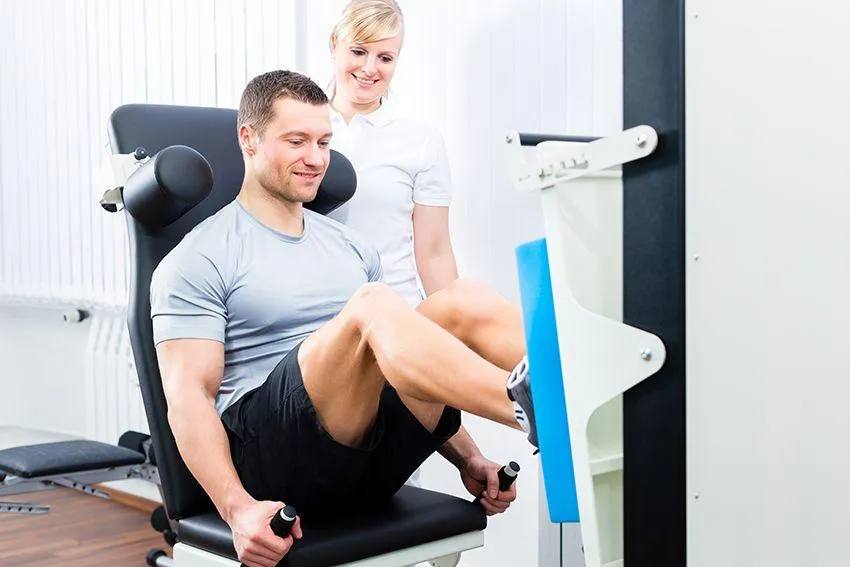

Experience rapid rejuvenation as our specialist team harnesses the power of advanced healing tech to erase pain with ease. We dive deep into your world, assessing every piece of the puzzle—stress at work, life pressures, physical health, nutrition, genes, posture, and even emotional ties—crafting a tailor-made wellness blueprint that's as unique as you are. With our dedicated holistic touch, we don't just treat symptoms; we empower you to embrace a pain-free, harmonious life.
Ask a Question

Muscle Strain vs. Pinched Nerve: How to Identify, Treat, and Prevent Your Pain
Muscle Strain vs. Pinched Nerve: How to Identify, Treat, and Prevent Your Pain
Pain can be a confusing companion, especially when you’re unsure whether it’s a muscle strain or a pinched nerve causing your discomfort. Each condition presents its own unique symptoms and challenges, making it vital to identify the source of your pain for effective treatment. Muscle strains typically involve overstretched or torn muscles, leading to localized soreness and stiffness, while pinched nerves can result in radiating pain, tingling, or numbness, often affecting adjacent areas. Understanding these differences is essential for targeting the right treatment and implementing preventive measures. In this article, we’ll guide you through how to identify the signs of muscle strain versus a pinched nerve, explore effective treatment options, and provide tips to help you prevent these painful conditions from disrupting your life. Whether you’re an athlete, a desk worker, or simply experiencing discomfort, knowing how to differentiate between these two issues can set you on the path to recovery and long-term health.
Understanding Muscle Strains
Muscle strains are common injuries that occur when muscles are overstretched or torn. This can happen due to sudden, forceful movements or repetitive stress over time. Muscle strains are particularly common in athletes, but they can affect anyone. For example, lifting a heavy object improperly or even an awkward twist can lead to a muscle strain. The severity of muscle strains varies, with mild strains involving minor tears and discomfort, while severe strains can result in significant pain and loss of muscle function.
When a muscle strain occurs, the affected muscle typically becomes sore, swollen, and stiff. You might also notice bruising around the injured area due to small blood vessels breaking. The pain from a muscle strain is usually localized, meaning it stays in the area of the injury and does not radiate to other parts of the body. This characteristic can help differentiate a muscle strain from other types of injuries, such as a pinched nerve.
Muscle strains can be classified into three grades based on their severity. Grade I strains involve mild discomfort and minimal loss of function, with only a few muscle fibers torn. Grade II strains are more severe, with partial tearing of the muscle, significant pain, swelling, and some loss of strength and movement. Grade III strains are the most severe, involving a complete rupture of the muscle or tendon, leading to intense pain, major swelling, and a complete loss of muscle function. Identifying the grade of a muscle strain is crucial for determining the appropriate treatment and recovery plan.
What is a Pinched Nerve?
A pinched nerve, also known as nerve compression, occurs when surrounding tissues such as bones, cartilage, muscles, or tendons apply too much pressure on a nerve. This pressure disrupts the nerve's normal function, causing pain, tingling, numbness, or weakness. Pinched nerves can occur in various parts of the body, including the neck, back, arms, and legs. Common causes of pinched nerves include herniated discs, bone spurs, and repetitive motions that stress the nerves.
Unlike muscle strains, the pain from a pinched nerve is often radiating. For example, a pinched nerve in the neck might cause pain that travels down the arm, while a pinched nerve in the lower back might result in pain that radiates down the leg. This radiating pain is a key indicator that you might be dealing with a nerve issue rather than a muscle problem. Additionally, pinched nerves can cause sensations like tingling or "pins and needles," which are less common with muscle strains.
Another distinguishing feature of a pinched nerve is the potential for muscle weakness in the affected area. Since nerves are responsible for transmitting signals from the brain to the muscles, compression can interfere with this communication, leading to a decrease in muscle strength. This weakness, combined with pain and numbness, can significantly impact your ability to perform daily activities. Understanding these symptoms is crucial for identifying and addressing a pinched nerve effectively.
Key Differences Between Muscle Strain and Pinched Nerve
Identifying whether your pain is due to a muscle strain or a pinched nerve is essential for effective treatment. One of the primary differences between the two conditions is the nature of the pain. Muscle strain pain is typically localized to the injured area and does not radiate. In contrast, pinched nerve pain often extends beyond the site of compression, following the path of the affected nerve.
Another key difference lies in the accompanying symptoms. Muscle strains usually involve swelling, bruising, and stiffness around the injured muscle. These symptoms are a direct result of the physical damage to the muscle fibers. On the other hand, pinched nerves can cause a range of neurological symptoms, including tingling, numbness, and muscle weakness. These symptoms occur because the compressed nerve cannot properly transmit signals.
The causes of muscle strains and pinched nerves also differ. Muscle strains often result from acute injuries or overuse, such as lifting heavy objects or engaging in high-intensity exercise. Pinched nerves, however, are usually caused by structural issues like herniated discs, bone spurs, or repetitive motions that exert pressure on nerves. Recognizing these differences can help you determine the underlying cause of your pain and seek the appropriate treatment.
Symptoms of Muscle Strains
Muscle strains present with several characteristic symptoms that can help you identify the condition. The most common symptom is localized pain that occurs immediately after the injury. This pain is usually sharp and can become more intense with movement or pressure on the affected muscle. Over time, the pain may become more of a dull ache, but it remains confined to the injured area.
Swelling and bruising are also common symptoms of muscle strains. When a muscle is overstretched or torn, small blood vessels within the muscle can rupture, leading to swelling and discoloration. The extent of the swelling and bruising depends on the severity of the strain. In mild cases, you might only notice slight swelling, while severe strains can cause significant inflammation and visible bruising.
Stiffness and reduced range of motion are additional indicators of a muscle strain. The injured muscle becomes tight and difficult to move, making it challenging to perform everyday activities. This stiffness is a protective response by the body to prevent further injury. In severe cases, you might also experience cramping or spasms in the affected muscle, adding to the discomfort and limiting your mobility.
Symptoms of Pinched Nerves
Pinched nerves exhibit a distinct set of symptoms that differ from those of muscle strains. One of the hallmark signs of a pinched nerve is radiating pain. This pain often travels along the path of the affected nerve, extending from the site of compression to other parts of the body. For example, a pinched nerve in the neck can cause pain that radiates down the arm, while a pinched nerve in the lower back can lead to pain that shoots down the leg.
Tingling and numbness are also common symptoms of pinched nerves. These sensations occur because the compressed nerve cannot properly transmit signals, leading to abnormal sensations in the affected area. You might experience a "pins and needles" feeling, or parts of your skin may feel numb or less sensitive to touch. These symptoms can be persistent or intermittent, depending on the severity of the nerve compression.
Muscle weakness is another key indicator of a pinched nerve. Since nerves are responsible for controlling muscle movements, compression can interfere with this function, leading to weakness in the muscles served by the affected nerve. This weakness can make it difficult to perform everyday tasks, such as lifting objects or walking. In some cases, you might also experience muscle atrophy, where the affected muscles shrink due to lack of use.
Diagnosis: How to Tell the Difference
Diagnosing whether your pain is due to a muscle strain or a pinched nerve involves a combination of self-assessment and professional evaluation. Start by considering the nature of your pain. If the pain is localized and accompanied by swelling and bruising, it is more likely to be a muscle strain. On the other hand, if the pain radiates and is accompanied by tingling, numbness, or muscle weakness, you might be dealing with a pinched nerve.
A thorough physical examination by a healthcare professional is essential for an accurate diagnosis. During the examination, the doctor will assess your symptoms, review your medical history, and perform specific tests to pinpoint the source of your pain. For muscle strains, this might involve checking for tenderness, swelling, and range of motion in the affected area. For pinched nerves, the doctor might perform neurological tests to assess muscle strength, reflexes, and sensory function.
Imaging studies can also play a crucial role in diagnosing these conditions. X-rays, MRI scans, and CT scans can provide detailed images of the muscles, bones, and nerves, helping to identify the exact cause of your pain. For muscle strains, imaging can reveal the extent of the muscle damage, while for pinched nerves, it can show the location and severity of the nerve compression. These diagnostic tools are invaluable for developing an effective treatment plan.
Treatment Options for Muscle Strains
Treating muscle strains involves a combination of rest, ice, compression, and elevation (R.I.C.E). Resting the injured muscle is crucial to allow the healing process to begin. Avoid activities that put strain on the affected area and give your body the time it needs to recover. Applying ice to the injured muscle can help reduce swelling and numb the pain. Use an ice pack for 15-20 minutes every few hours during the first 48 hours after the injury.
Compression with an elastic bandage can help control swelling and provide support to the injured muscle. Be careful not to wrap the bandage too tightly, as this can impede blood flow. Elevating the injured area above the level of your heart can also help reduce swelling by allowing fluids to drain away from the injury site. These initial steps are crucial for managing the symptoms of a muscle strain and promoting healing.
As the pain and swelling subside, gradually reintroduce gentle stretching and strengthening exercises to restore flexibility and strength to the injured muscle. Physical therapy can be highly beneficial in this phase, providing guided exercises and techniques to aid recovery. Over-the-counter pain relievers, such as ibuprofen or acetaminophen, can help manage pain and reduce inflammation. In severe cases, your doctor might recommend prescription medications or even surgery to repair a completely torn muscle.
Treatment Options for Pinched Nerves
Treating a pinched nerve focuses on relieving the pressure on the affected nerve and addressing the underlying cause of the compression. Rest is essential to prevent further irritation of the nerve. Avoid activities that exacerbate the symptoms and give your body time to heal. Over-the-counter pain relievers and anti-inflammatory medications can help manage pain and reduce inflammation around the nerve.
Physical therapy is often recommended for pinched nerves, as it can help improve flexibility, strength, and posture. A physical therapist can design a personalized exercise program to alleviate pressure on the nerve and promote healing. In some cases, corticosteroid injections might be used to reduce inflammation and provide relief from severe pain. These injections can be particularly effective for nerve compression caused by conditions like herniated discs.
If conservative treatments do not provide sufficient relief, surgical intervention might be necessary. Surgery aims to remove or repair the source of compression, such as a herniated disc or bone spur. The specific procedure depends on the location and cause of the pinched nerve. For example, a discectomy might be performed to remove part of a herniated disc, while a laminectomy involves removing part of the vertebra to relieve pressure on the nerve. Surgery is typically considered a last resort after other treatments have been exhausted.
Prevention Strategies for Muscle Strains and Pinched Nerves
Preventing muscle strains and pinched nerves involves adopting healthy habits and practices that minimize the risk of injury. Regular exercise is essential for maintaining strong and flexible muscles. Incorporate a balanced workout routine that includes strength training, cardiovascular exercise, and flexibility exercises such as stretching or yoga. This helps keep your muscles and joints in optimal condition, reducing the likelihood of strains and nerve compression.
Proper body mechanics are crucial in preventing both muscle strains and pinched nerves. When lifting heavy objects, use your legs rather than your back to avoid putting excessive strain on your muscles. Maintain good posture while sitting, standing, and walking to prevent undue pressure on your spine and nerves. Ergonomic adjustments to your workspace, such as using a chair with proper lumbar support and positioning your computer screen at eye level, can also help prevent these conditions.
Taking regular breaks and avoiding repetitive motions can reduce the risk of both muscle strains and pinched nerves. If your job involves repetitive activities, such as typing or lifting, make sure to take frequent breaks to rest and stretch your muscles. This can prevent overuse injuries and reduce the risk of nerve compression. Additionally, staying hydrated and maintaining a healthy diet can support overall muscle and nerve health, further reducing your risk of injury.
When to Seek Medical Attention
Knowing when to seek medical attention is crucial for effectively managing muscle strains and pinched nerves. For muscle strains, seek medical help if the pain is severe, if you cannot move the affected muscle, or if there is significant swelling and bruising. These symptoms might indicate a more severe strain that requires professional evaluation and treatment. Additionally, if the pain does not improve with self-care measures within a few days, it is advisable to consult a healthcare provider.
For pinched nerves, seek medical attention if you experience persistent or worsening symptoms, such as severe pain, numbness, or muscle weakness. These symptoms can indicate significant nerve compression that requires professional intervention. Additionally, if you notice any changes in bladder or bowel function, seek immediate medical help, as this can be a sign of a serious condition called cauda equina syndrome, which requires urgent treatment.
Early intervention is key to preventing complications and promoting a faster recovery. A healthcare professional can provide a thorough evaluation, accurate diagnosis, and appropriate treatment plan tailored to your specific condition. Whether you are dealing with a muscle strain or a pinched nerve, seeking timely medical attention can help you manage your symptoms effectively and get back to your normal activities as soon as possible.
By understanding the differences between muscle strains and pinched nerves, recognizing the symptoms, and knowing the appropriate treatment and prevention strategies, you can take proactive steps to manage your pain and prevent future injuries. Whether you are an athlete, a desk worker, or simply experiencing discomfort, this knowledge can empower you to make informed decisions about your health and well-being.
No matter whether your condition was caused by a sport, work accident or otherwise,
we welcome the chance to serve you.
Opening Hours



